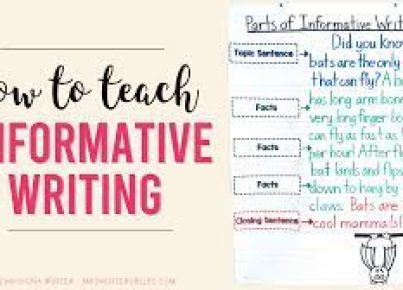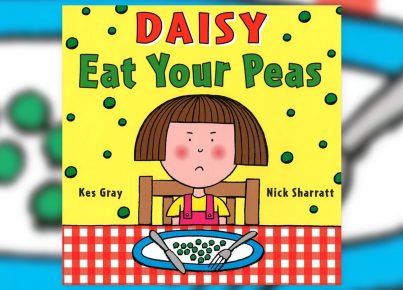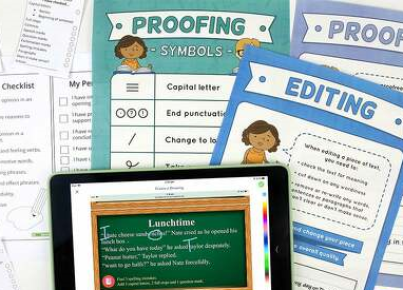Persuasive writing is a crucial skill that enables students to articulate their opinions and influence others through the power of written words. Cultivating this skill from a young age can empower children to become effective communicators. Here are ten children’s books that can be used as tools for teaching persuasive writing:
1. “I Wanna Iguana” by Karen Kaufman Orloff – This delightful book features a series of letters from Alex to his mother, persuading her to let him have a pet iguana.
2. “Click, Clack, Moo: Cows That Type” by Doreen Cronin – A humorous story about cows using a typewriter to negotiate better living conditions with the farmer, showing kids the power of collective bargaining.
3. “Earrings!” by Judith Viorst – A young girl uses every argument she can think of to persuade her parents to let her have pierced ears, demonstrating the persistence needed in persuasive writing.
4. “My Brother Dan’s Delicious” by Steven L. Layne – Here, a boy tries to convince monsters that his brother is not tasty—using humorous argumentation tactics reflective of persuasive strategies.
5. “Don’t Let the Pigeon Drive the Bus!” by Mo Willems – Through engaging dialogue, the pigeon tries everything he can think of to persuade readers to let him drive the bus, exemplifying persuasion in action.
6. “Can I Be Your Dog?” by Troy Cummings – A dog writes letters to various residents trying to find a home, effectively showing how different approaches can be more or less persuasive based on the audience.
7. “A Fine, Fine School” by Sharon Creech – A student must convince her principal that while school is great, having time off is also important—highlighting balance in persuasion.
8. “The Day the Crayons Quit” by Drew Daywalt – The crayons write letters explaining why they’re fed up with how they’re used, which encourages problem-solving through persuasive arguments.
9. “LaRue for Mayor: Letters from the Campaign Trail” by Mark Teague – Dog detective Ike LaRue provides examples of campaign promises and persuasive techniques in his letters aimed at improving local policy.
10.”Hey, Little Ant” by Phillip M. Hoose and Hannah Hoose – Presented in a dialogue format, a boy and an ant debate about whether or not it is okay to step on ants, prompting discussions about ethical persuasion.
Using these ten books as resources in the classroom or at home can encourage children not only to enjoy reading but also support the development of their persuasive writing skills in an engaging and interactive way.





